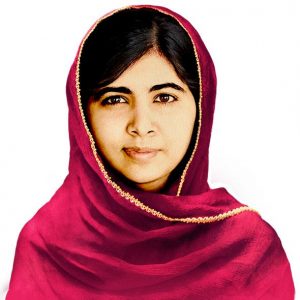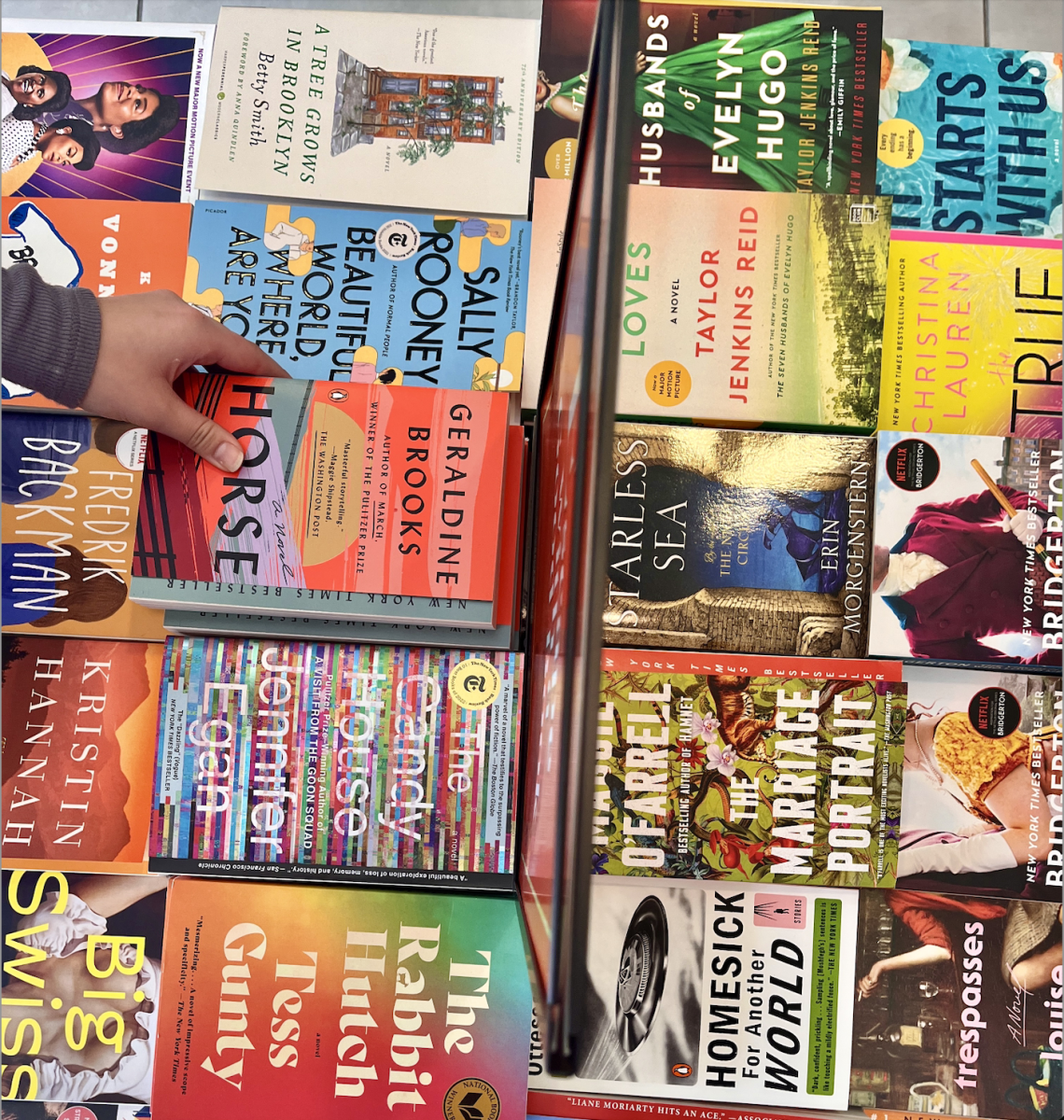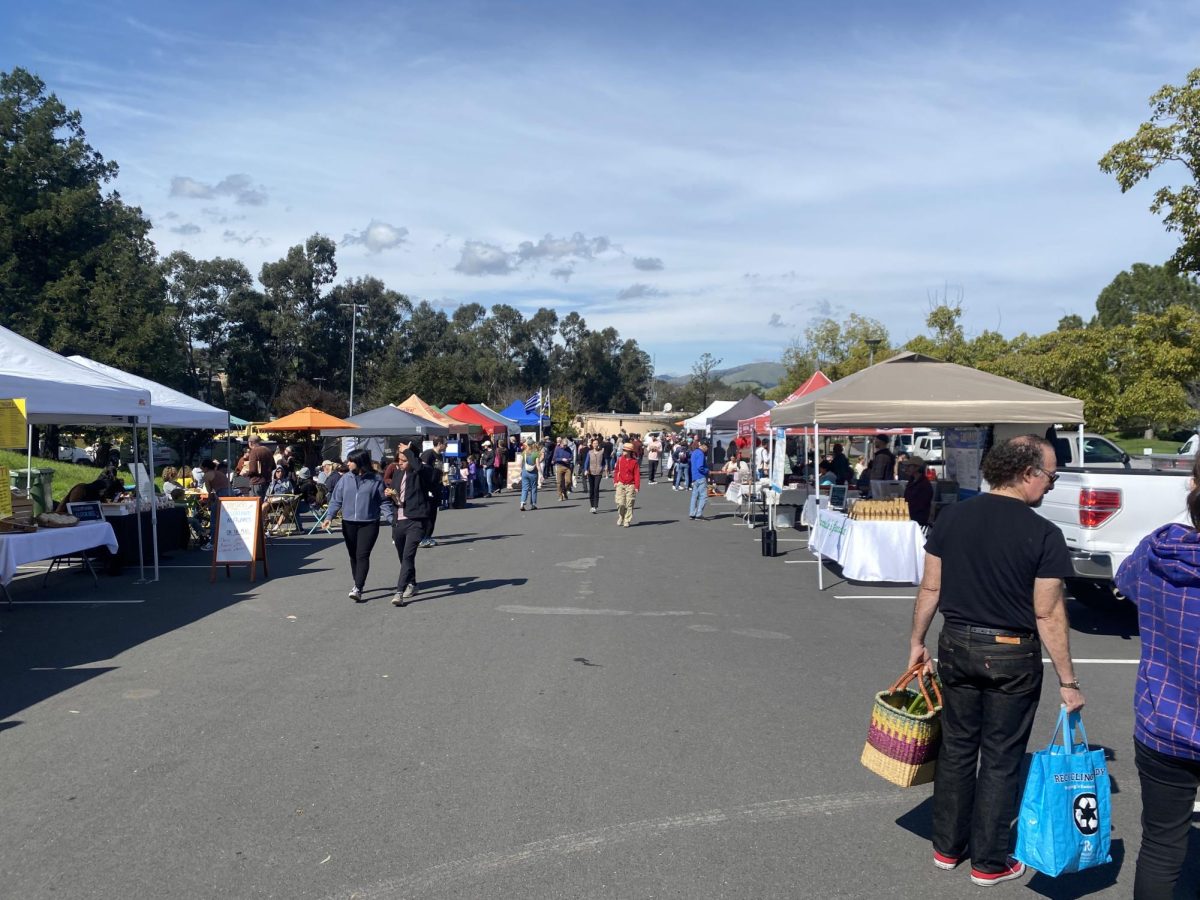The documentary “He Named Me Malala” that was released on October 22, is based on the autobiography “I am Malala,” and focuses on the inspiring story of Malala Yousafzai who bravely spoke out against the Taliban and continues to fight valiantly for female education. The movie is elegantly filmed and offers a refreshing look at the story of Malala and her impact on education in the developing world.
The film not only chronicles Malala’s life after leaving Pakistan, her recovery after being shot in the face by the Taliban, and her winning of the Nobel Peace Prize, but also gives viewers a sense of her personality and spirit, through telling stories of her new life in England and recounts of her recovery.
Made by Davis Guggenheim, the director of the successful documentary, “Waiting For ‘Superman,’” Malala’s story is expertly woven through a variety of personal interviews, clips of her daily life, snippets of her various speeches and news appearances, and beautiful animations.

Malala’s story began in 2009, when she agreed to write an anonymous blog for the BBC Urdu service, documenting the violence of the Taliban in Swat Valley and the destruction of schools. The Taliban, a de
structive Islamic group in Afghanistan, had heavy influence on daily life in the Swat Valley, banning media and limiting women’s freedoms including the right for females to attend school.
After being revealed as the author of the blog, Malala and some of her friends were shot by the Taliban on a school bus on their way home. Suffering a wound in the head, she and her family moved to England for safety where she recovered from the injury that cost her the ability to have full motion in the left side of her face and to hear in her left ear.
Despite this, Malala continues to speak out against the Taliban and advocate for the education of girls across the world. At the age of 17, she became the youngest person to win the Nobel Peace Prize, in 2014.
The film does an excellent job emphasizing that although Malala is an international figure of hope and bravery who has done great work for the fight for education, she is still only a teenager. By alternating between shots of her progress as a female education advocate and snippets of her daily life, the makers of the documentary give the viewer a greater sense of Malala’s personality.
Despite all of her accomplishments, Malala, like many teens has to work hard to complete her homework and maintain her grades, she fights with her brothers, she worries about making friends at school, and she has crushes.
Malala’s sweet and lovable personality shines throughout the entire film through clips that show her enthusiastically talking about her favorite rugby and cricket players and her bashful attitude when talking about boys.
The film also offers a rare glimpse at the personality of the people in Malala’s family. After moving to England, her mother especially struggled to fit into Western culture, coping with the foreign language and being separated from her friends in Pakistan.
Malala and her two brothers, Kushal and Atal, playfully tease each other often. Her brothers call her a “book addict,” because she spends so much time studying. Despite her diligent study habits and academic success in Pakistan, Malala struggles in her new English school, earning C’s and D’s in many subjects but works very hard to improve, which exemplifies Malala’s incessant perseverance despite obstacles she faces.
Although Malala’s story is well known and has been told through many news platforms and her autobiography, this documentary gives a fresh look at Malala and her influence as an advocate and beacon of hope for girls everywhere.
Leaving the film, I felt a more personal connection to Malala. The difference between simply reading her story through news articles and biographies and watching the documentary, hearing her tell it, is significant. The film beautifully captures Malala’s spirit and personality.
At the end of the movie, the whole theatre applauded. The documentary leaves you with a lingering feeling of inspiration and hope for the future of education in developing countries.
However, this movie may be difficult to see because it is playing in a very limited number of theatres. The sole theatre playing the film in Marin is the Century Regency 6 on Smith Ranch Road in San Rafael, where it will stop playing on Wednesday Oct 28. It is also playing in various theatres in San Francisco.
Despite the limited theatre choice, He Named Me Malala qualifies as an inspiring must-see this fall.

















